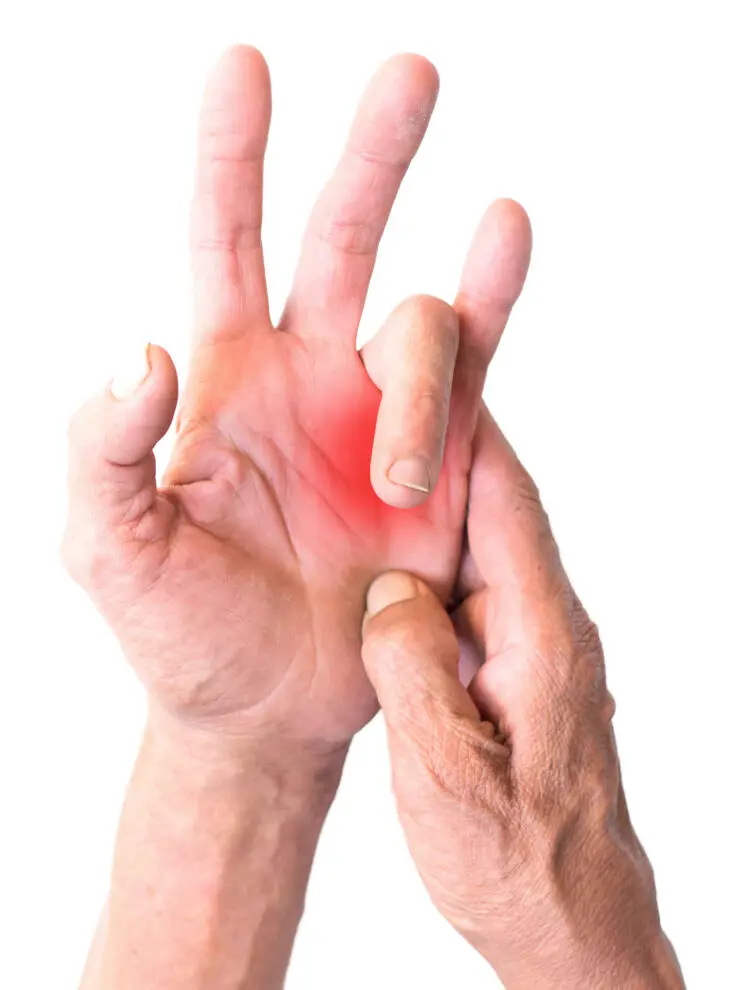Trigger Finger Symptoms and Treatment

The initial symptom of trigger finger is pain and stiffness in the affected finger. The ring or thumb of the dominant hand is more likely to be affected. However, trigger finger can occur in any finger or multiple fingers. This condition can also be caused by an infection. Treatment for trigger finger usually consists of taking NSAIDs and physical therapy. Splinting may also be used to control movement. This can help the patient prevent further injury to the affected finger.
Depending on the severity of the condition, you may notice a sore digit or a tender lump in the area. A few days after the symptoms start, you should perform a massage of the trigger finger area for a few minutes. Then, you should begin applying pressure to other parts of your hand, wrist, and forearm to alleviate the pain. To help prevent future onset of this condition, you can apply ice packs to the affected area and continue massaging for a few minutes.
A doctor can perform a physical examination and suggest treatment. If you have these symptoms, your trigger finger will most likely be diagnosed by a physician. He or she can check your hand for stiffness and any signs of locking. In most cases, the condition can be treated without surgery. The key to treatment is to avoid activities that cause the trigger finger to get worse. It is also advisable to see a doctor if the symptoms worsen.
There are several symptoms of trigger finger. Typically, you will experience pain at the base of the finger. The affected finger may be stiff and may even experience a clicking sound. In some cases, the trigger finger can become stuck in one position. The affected finger can also be difficult to straighten. GPs can advise on appropriate treatments. It is best to consult a doctor to rule out any underlying conditions that may be contributing to the problem.
Trigger finger is a condition of the fingers. The tendons attach the muscles to the bones in the fingers. When these tendons become irritated, they can cause pain, stiffness, or catching in the finger. If you have a severe trigger finger, the doctor can also recommend treatment for the underlying conditions. There are a number of treatments for trigger finger. Patients with these symptoms should see a physician within a year of the onset of the symptoms.

There are several treatments for trigger finger. The symptoms of trigger finger usually resolve with treatment. It is important to note that some types of stretches may be necessary. Squeezing a ball can be a great way to relieve the pain. It is best to consult a doctor if the trigger finger symptoms persist. The cause of trigger finger can be very difficult to identify. It can cause a lot of discomfort. As a result, you should take care to prevent this condition from happening.
Depending on the cause of trigger finger, the symptoms may vary. A physician will determine a treatment plan based on the patient’s medical history and the extent of the symptoms. In some cases, a night splint may be necessary. Sometimes, the surgeon may recommend anti-inflammatory medication or surgery to eliminate the catching. But a professional should be consulted in the first instance. It is recommended that you visit a hand surgeon who specializes in this condition to determine the best course of treatment for your condition.
With chronic trigger finger, you will lose movement in the affected finger. You can measure the amount of movement by measuring the distance between your fingertip and the palm of your hand. In this case, it is necessary to seek treatment as soon as possible. As with other chronic conditions, people are often diagnosed with trigger finger without treatment. This condition is not atypical and is treatable. But if you’re already experiencing these symptoms, you may need to see a doctor or hand specialist, as this can lead to long-term complications.
Trigger finger symptoms are different for everyone. The condition is often caused by inflammation of the flexor tendons of the fingers. The pain usually goes away after a few days, but in some people it can be severe. However, it is a common and highly treatable condition. Once you have identified it, you should seek treatment and advice at the site ihealzy.com. If your trigger finger causes pain, see a doctor immediately to prevent further damage.